Ticks In Ohio
This post contains links to affiliate websites, such as Amazon, and we receive an affiliate commission for any purchases made by you using these links.
Ticks are a nuisance insect that can be found in most places around the world. There are 12 species of ticks in Ohio, some are relatively harmless, and others are disease carriers.
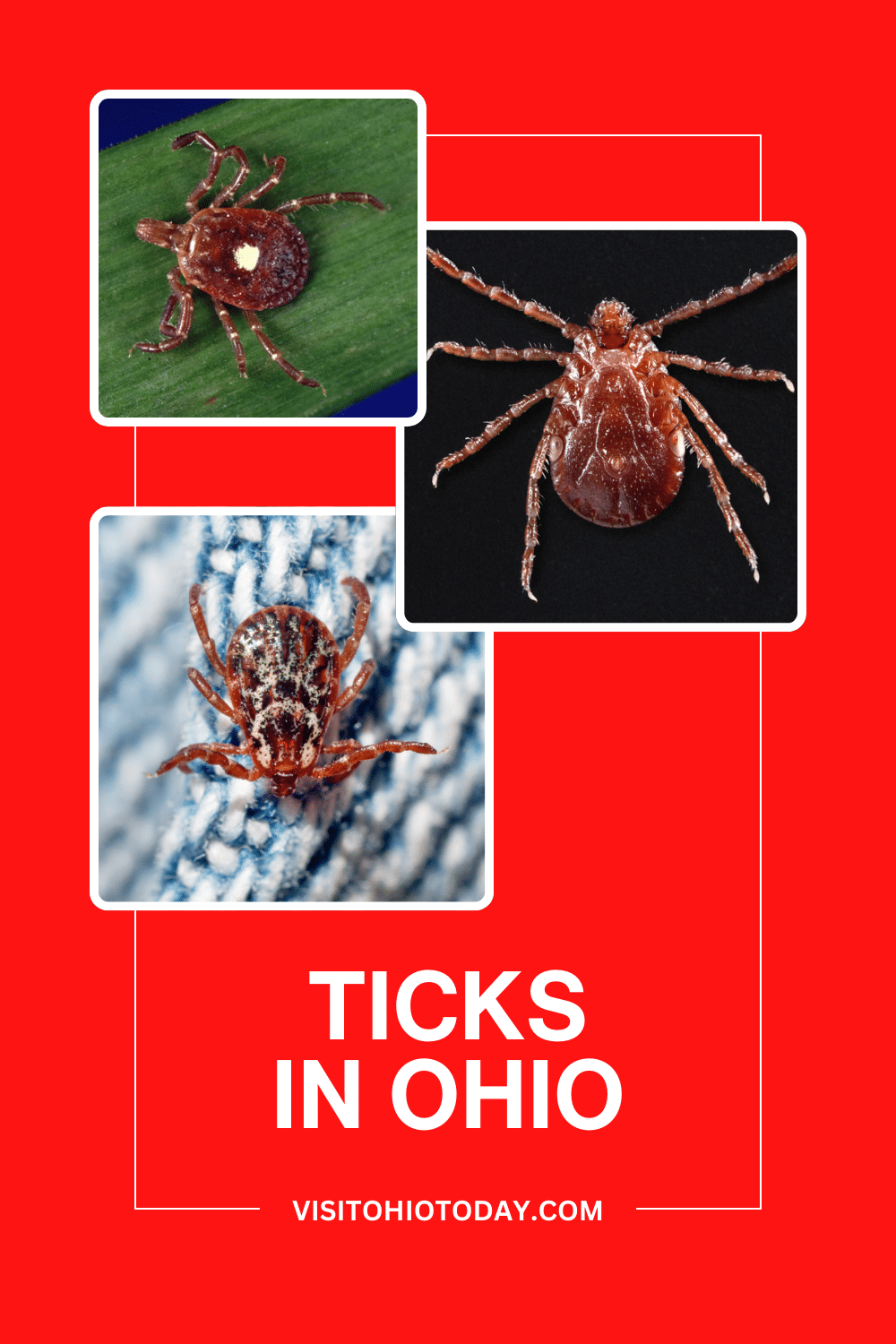
About Ticks in Ohio
There are 12 species of ticks in Ohio, three of which are medically important because they carry disease. These three species are the American Dog Tick, Black Legged Tick, and Lone Star Tick. The Brown Dog Tick is the only tick that can live indoors in homes with dogs and kennels.
These four species are the most common in Ohio, the other eight are rare in this state. Ohio State University has a fact sheet on ticks in Ohio if you would like to know more.
Cindy’s Insider Ohio Tips!
I often see ticks after hiking in the Metro Parks around Columbus. Be sure to do a “tick check” after any hike.
American Dog Tick
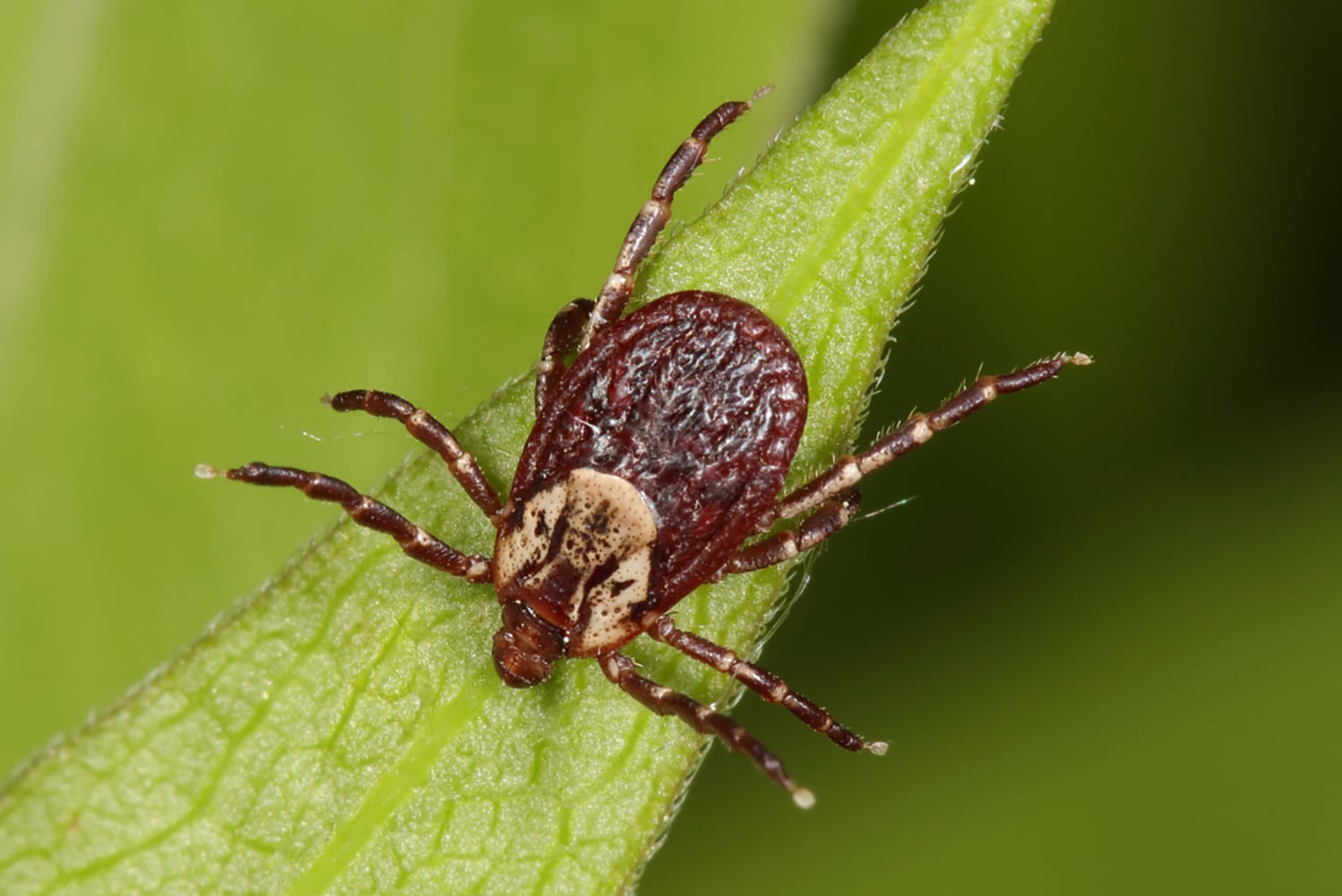
Dermacentor variabilis
The American Dog Tick is quite flat with a brown body, the females are usually a lighter color. These ticks live in the forests and woods of Ohio. As the name suggests, they prefer dogs to be their hosts, and what is quite surprising about these ticks is that they can live up to three years without attaching to a host.
This tick species is the primary transmitter of Rocky Mountain spotted fever. Immediate removal of these ticks from both humans and dogs is usually enough to prevent infection.
Brown Dog Tick
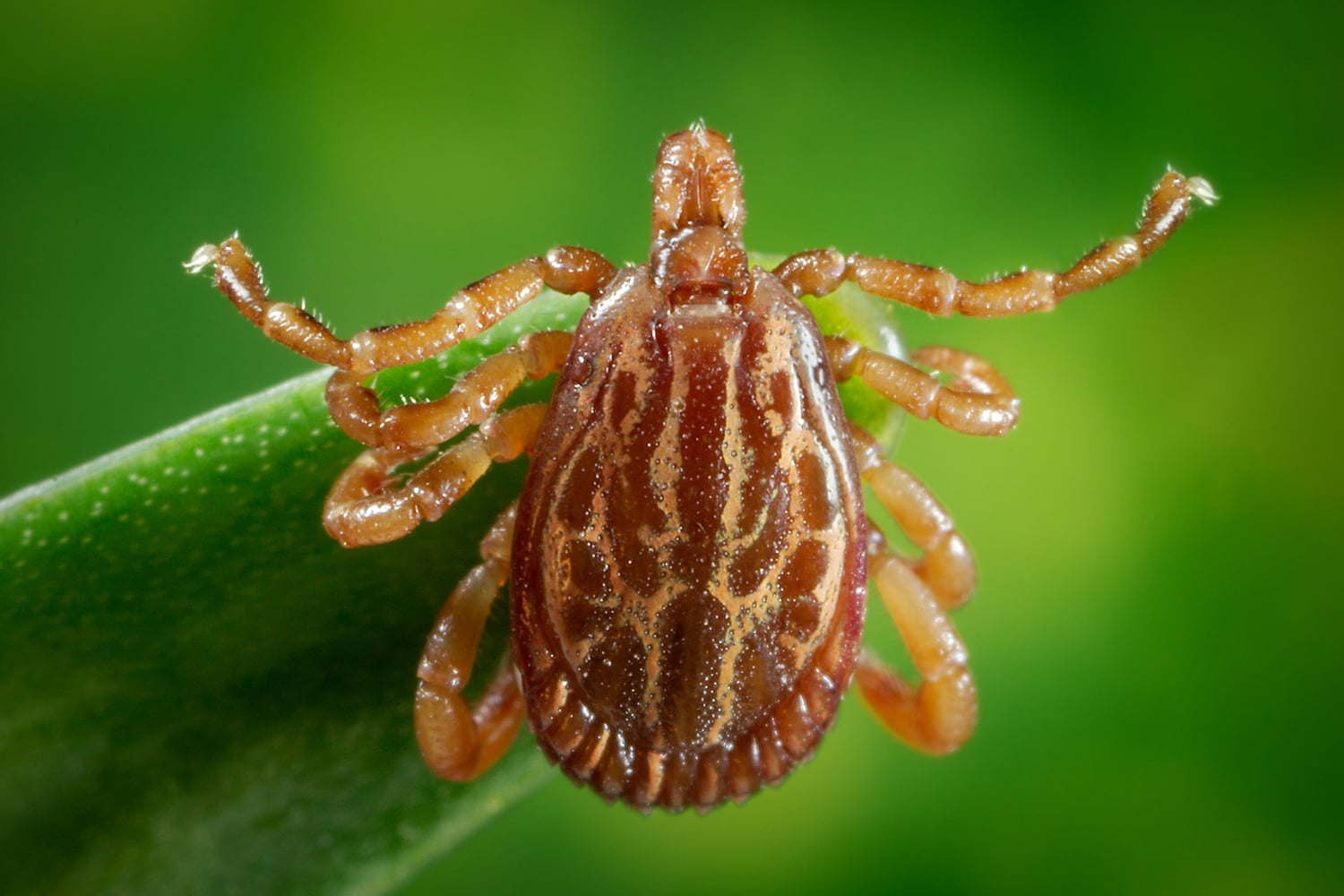
Rhipicephalus sanguineus
The Brown Dog Tick is reddish-brown, and it is the female of this species that requires a host. This tick is present all over Ohio. This tick is prevalent all year round and they can live in homes.
The good news with regards to this tick is that they don’t usually attach to humans. However, if you are bitten by one of these ticks, they can pass on a nasty bacteria that can cause a disease called Rocky Mountain Spotted Fever.
For the transmission to take place, they must be attached to the human host for at least 6 hours. They can also make dogs sick, so if you see a tick on your dog and the dog becomes unwell, it is best to take it to a veterinarian.
Groundhog Tick
Ixodes cookei
These ticks have a reddish-brown on the back of their bodies. The female ticks are a bit lighter than the males. These ticks like to attach to animals such as robins, weasels, skunks, dogs, cats, and porcupines.
Fortunately, it is very rare for this tick to bite a human. They live in the summer months, so you will not see them in the winter. These ticks can pass on the Powassan Virus to any human host..
Video About Ticks In Ohio
Winter Tick
Dermacentor albipictus
These ticks have a reddish body and a creamy white speck behind their heads. The males are darker than the females. The Winter Tick prefers hoofed animals.
As this tick stays with one host, it is most likely to be around in the winter months. Even though these ticks prefer hoofed animals, they can also be found on beavers, coyotes, and black bears.
These ticks do not usually go near humans, and they do not carry any diseases either. If an animal has a large number of these ticks, they can cause skin allergies and rashes.
Lone Star Tick
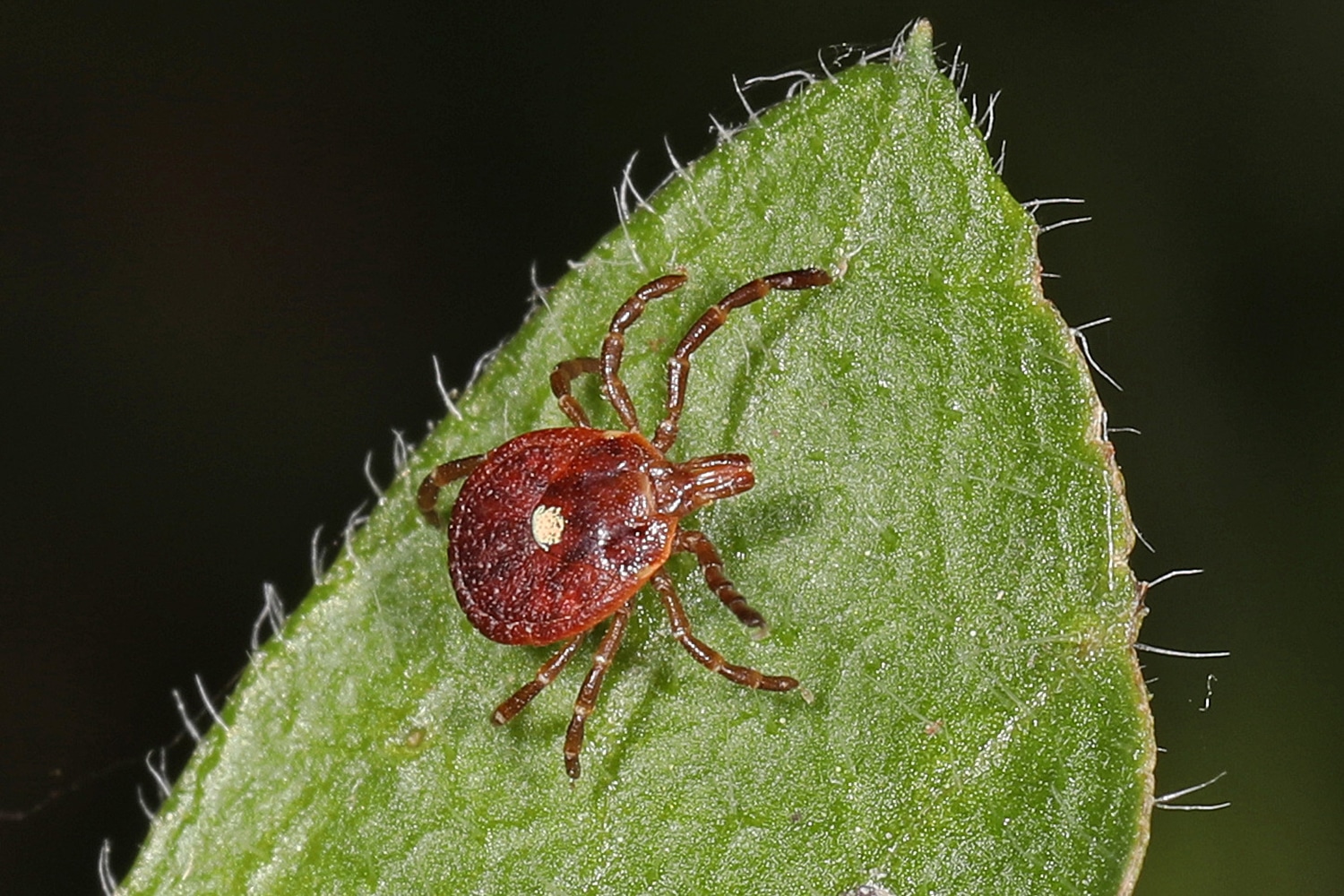
Amblyomma americanum
The Lone Star Tick is a round shape, and it varies in color. The females have a white spot on their backs. The males have white marks on their legs and abdomen. The Lone Star Tick prefers places like undergrowth, near where animals rest.
These ticks usually use three hosts throughout their lifecycle. They quite like one of the hosts to be a human as well. Whilst these ticks do not carry Lyme disease, they do carry Heartland Virus, Bourbon Virus, Ehrlichiosis, and Southern Tick-Associated Rash Illness (STARI).
Blacklegged Tick
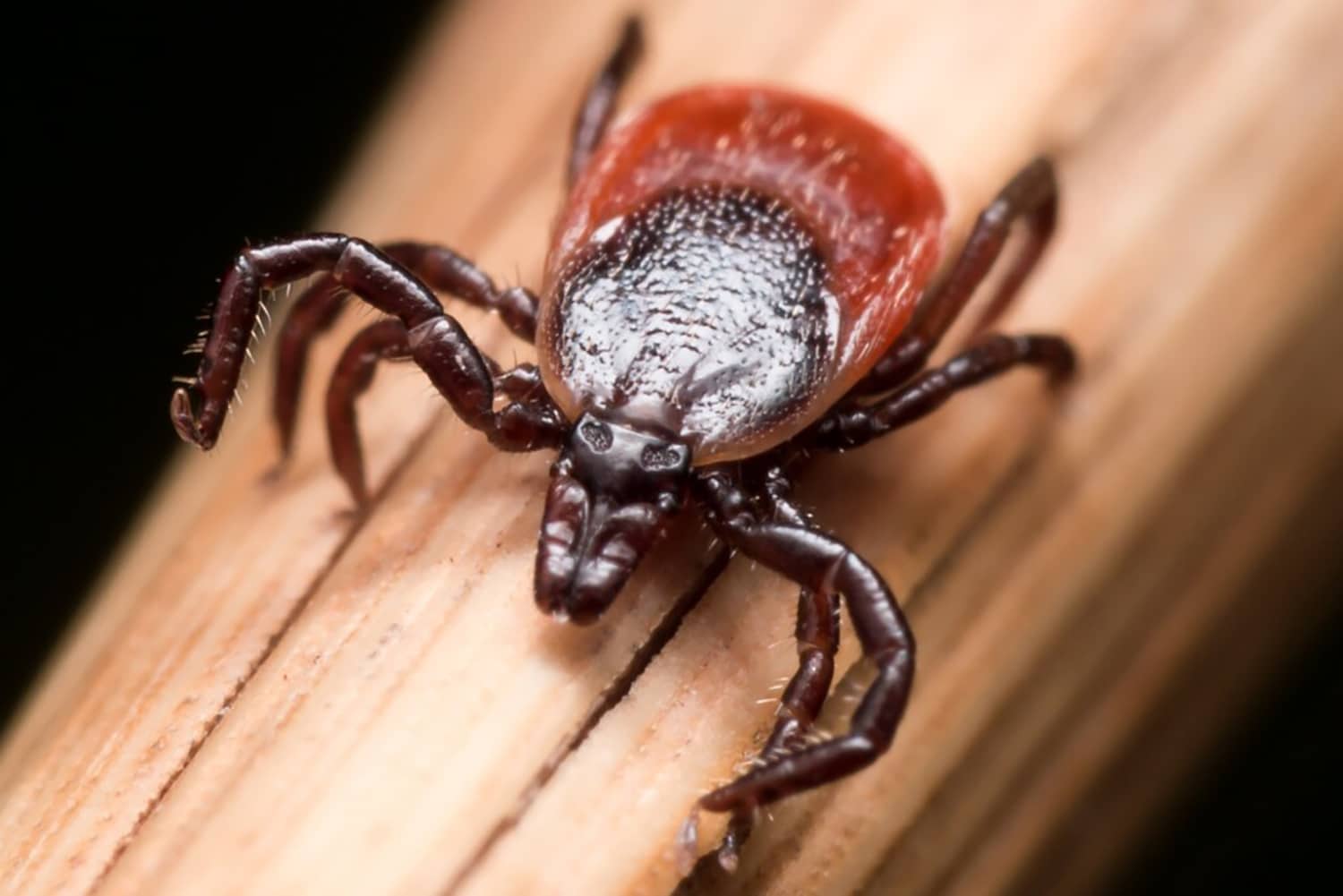
Ixodes scapularis
The Blacklegged Tick has different colors depending on its gender. The adult males have a dark brown or black body with a tan color on the edges of their abdomens. The females are orange-reddish and have black legs. The Eastern Blacklegged Tick is the primary Lyme Disease carrier in Ohio. They are found in the many forests, where deer and mice live.
These ticks like to live in shrubs and vegetation below knee height, and they can be easy to pick up.
Asian Longhorned Tick
Haemaphysalis longicornis
The male Asian Longhorned Tick has a yellowish body. The female has a reddish-brown body with distinctive brown marks. This tick is normally found on the Asian continent (as the name suggests). It was only found in Ohio a few years ago, and efforts were made to eradicate this invasive species. Unfortunately, these efforts have failed, and this species has since flourished.
Whilst these ticks can attach themselves to humans, it is unlikely. They prefer farmland and barnyard animals such as pigs, sheep, goats, horses, chickens, and cattle. This tick can transmit Theileriosis to cattle.
Rabbit Tick
Haemaphysalis leporispalustris
The Rabbit Tick is a reddish color with a bit of tan. The females are larger than the males, and they are a bit darker as well. These ticks are quite commonplace in the woods and forests of Ohio. They are active in the spring and summer. As the weather starts to cool in the fall, their numbers plummet.
The Rabbit Tick is a three-host tick, so it will jump from one host to the next at each lifecycle point.
Tick Sightings in Ohio
Have you come across any ticks in Ohio? Please leave a comment below and share your experience with us!
Some other animals that call Ohio their home are Hummingbirds In Ohio and Turtles In Ohio!
There are also many Beetles in Ohio, as well as a variety of Stink Bugs!
You can even find out some information on Salamanders In Ohio!
Hello! We have done our very best to ensure that the accuracy of events, hours, addresses, etc, are up to date. Please know that information can change due to weather, updated health and safety challenges, etc. If you find incorrect information, please send us an email at [email protected], and we can get it updated.
To be updated and stay connected, subscribe to our newsletter.









Just found a tick on my dog. Seems early in the season. Tick was tan/yellow body. Black head and legs.
Hi Karen, thanks for letting us know! It does seem early but I bet all this warm weather we have been having may be playing a part in that! Thanks for the heads up and the description of what you saw!